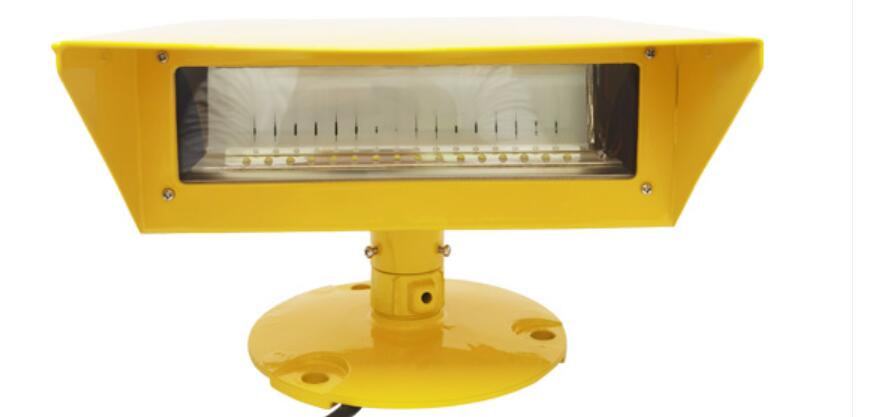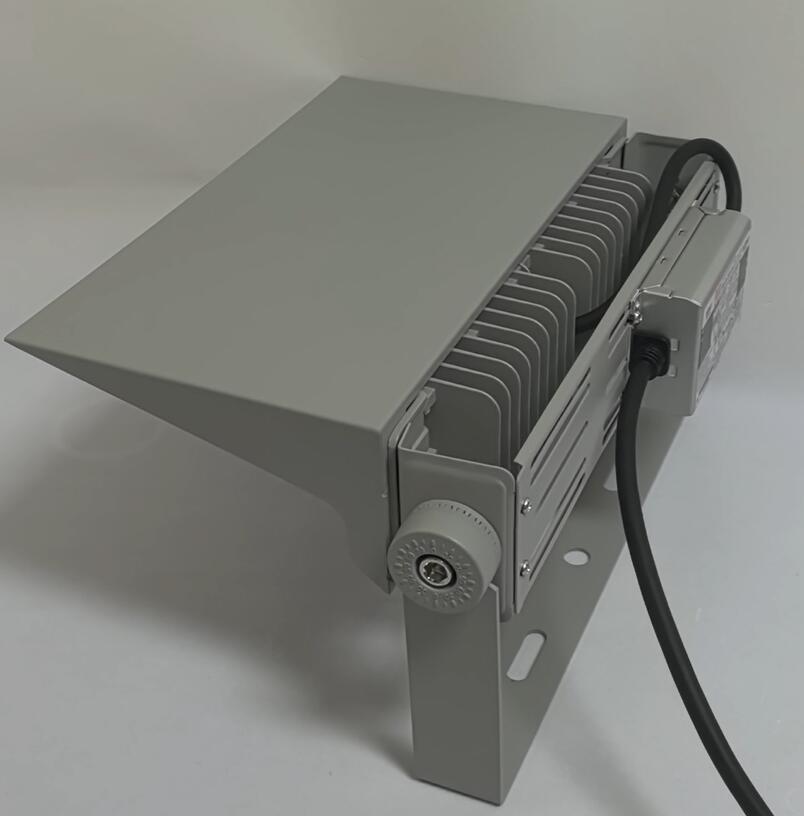Lighting the Way: The Critical Role of Helipad Flood Lights in Aviation Safety
Helipad flood lights are an essential component of modern aviation infrastructure, providing the illumination necessary for safe helicopter operations, particularly during nighttime or in low-visibility conditions. These powerful lighting systems ensure that helipads are clearly visible to pilots, enabling precise landings and takeoffs while minimizing the risk of accidents. As the demand for helipads grows in urban, remote, and emergency settings, the importance of reliable and efficient helipad flood lights cannot be overstated. This article explores the significance, technological advancements, and future trends of helipad flood lights in enhancing aviation safety.
The Importance of Helipad Flood Lights
Helipads serve as critical landing and takeoff points for helicopters, which are often used in emergency medical services, offshore operations, and urban transportation. Unlike traditional runways, helipads are smaller and require precise navigation, especially in challenging environments such as rooftops, offshore platforms, or remote areas. Helipad flood lights play a vital role in ensuring the visibility of these landing zones, guiding pilots safely to their destination.

In emergency situations, such as medical evacuations or disaster relief operations, helipads must be operational around the clock. Helipad flood lights provide the necessary illumination to facilitate these operations, even in adverse weather conditions or complete darkness. Without adequate lighting, the risk of accidents increases significantly, potentially endangering lives and delaying critical missions.
Technological Advancements in Helipad Flood Lights
The evolution of helipad flood lights has been driven by the need for greater efficiency, durability, and adaptability. Modern helipad flood lights incorporate advanced technologies to meet the demanding requirements of aviation safety:
LED Technology: Light-emitting diodes (LEDs) have become the standard for helipad flood lights due to their energy efficiency, brightness, and long lifespan. LEDs consume significantly less power than traditional lighting systems, reducing operational costs and environmental impact. Additionally, their high luminosity ensures that helipads are clearly visible from a distance, even in fog or rain.

Solar Power Integration: In remote or off-grid locations, solar-powered helipad flood lights offer a sustainable and reliable lighting solution. These systems harness solar energy during the day and store it in batteries for use at night, eliminating the need for external power sources. Solar-powered lights are particularly valuable in disaster-stricken areas or developing regions where electricity infrastructure is limited.
Durability and Weather Resistance: Helipad flood lights are often exposed to harsh environmental conditions, including extreme temperatures, heavy rainfall, and strong winds. Modern designs incorporate robust materials and waterproof seals to ensure reliable performance in all weather conditions. Corrosion-resistant coatings are also used to protect lights in coastal or offshore environments.
Smart Lighting Systems: Some advanced helipad flood lights are equipped with smart features, such as motion sensors or remote control capabilities. These systems can automatically adjust light intensity based on ambient conditions or activate only when a helicopter is approaching, further enhancing energy efficiency.
Applications of Helipad Flood Lights
Helipad flood lights are used in a wide range of settings, each with its unique requirements and challenges:
Hospital Helipads: In emergency medical services, time is of the essence. Hospital helipads must be equipped with reliable flood lights to ensure that medical helicopters can land safely at any time, enabling rapid patient transfer and treatment.
| helipad flood lights |
| helipad flood light |
Offshore Platforms: Oil rigs and other offshore installations often rely on helicopters for transportation and supply delivery. Helipad flood lights on these platforms must withstand harsh marine conditions while providing consistent illumination for safe landings.
Urban Rooftop Helipads: In densely populated cities, rooftop helipads are used for executive transport, emergency services, and tourism. Flood lights on these helipads must be powerful yet unobtrusive, minimizing light pollution while ensuring safety.
Remote and Disaster Relief Helipads: In remote areas or disaster zones, temporary helipads are often established to facilitate rescue and relief operations. Portable and solar-powered flood lights are ideal for these scenarios, providing immediate illumination without the need for infrastructure.
The Future of Helipad Flood Lights
As the aviation industry continues to evolve, the future of helipad flood lights is likely to be shaped by emerging technologies and sustainability trends. Innovations such as adaptive lighting systems, which adjust brightness and beam patterns based on real-time conditions, could further enhance safety and efficiency. Additionally, the integration of IoT (Internet of Things) technology could enable remote monitoring and maintenance of helipad lighting systems, reducing downtime and improving reliability.
The growing emphasis on sustainability is also expected to drive the adoption of energy-efficient and renewable energy-powered helipad flood lights. Solar-powered systems, in particular, are likely to become more prevalent, especially in remote and environmentally sensitive areas.
Helipad flood lights are a cornerstone of aviation safety, ensuring that helipads remain visible and operational in all conditions. From emergency medical services to offshore operations, these lighting systems play a critical role in enabling safe and efficient helicopter operations. As technology continues to advance, helipad flood lights will become even more reliable, efficient, and sustainable, further enhancing their contribution to aviation safety.
In a world where the skies are becoming increasingly crowded, helipad flood lights stand as a beacon of safety and innovation. By lighting the way for helicopters, they not only protect lives but also support the vital operations that keep our societies moving forward.
